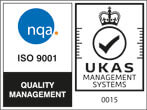The PLZ-5WH2 series includes a highly stable current control circuit for rapid response, so there is no need to redesign your circuit every time you change the settings. Users can set cut-off parameters for elapsed time or voltage drop or integrated current and integrated power.
How long will the DS2000A Capture a Signal
To determine how long an oscilloscope will capture a signal when it is operated in single trigger mode is determined by taking the instrument’s memory depth and dividing it by the instrument’s sample rate. The memory depth can be changed within the instrument’s acquire menu and then the sample rate can be changed by adjusting the horizontal scaling. The table below lists the different memory depth and sample rate combinations that are possible on the DS2000A series and lists the length of time the instrument is able of capturing with each possible combination.
Note that the length of time listed is in seconds and this is for one channel.
| Memory Depth | |||||
| Sample Rate | 14000 | 140000 | 1400000 | 14000000 | 56000000 |
| 1000 | 14 | 140 | 1400 | 14000 | 56000 |
| 2000 | 7 | 70 | 700 | 7000 | 28000 |
| 5000 | 2.8 | 28 | 280 | 2800 | 11200 |
| 10000 | 1.4 | 14 | 140 | 140 | 5600 |
| 20000 | 0.7 | 7 | 70 | 700 | 2800 |
| 50000 | 0.28 | 2.8 | 28 | 280 | 1120 |
| 100000 | 0.14 | 1.4 | 14 | 140 | 560 |
| 200000 | 0.07 | 0.7 | 7 | 70 | 28 |
| 500000 | 0.028 | 0.28 | 2.8 | 28 | 112 |
| 1000000 | 0.014 | 0.14 | 1.4 | 14 | 56 |
| 2000000 | 0.007 | 0.07 | 0.7 | 7 | 28 |
| 5000000 | 0.0028 | 0.028 | 0.28 | 2.8 | 11.2 |
| 10000000 | 0.0014 | 0.014 | 0.14 | 1.4 | 5.6 |
| 20000000 | 0.0007 | 0.007 | 0.07 | 0.7 | 2.8 |
| 50000000 | 0.00028 | 0.0028 | 0.028 | 0.28 | 1.12 |
| 100000000 | 0.00014 | 0.0014 | 0.014 | 0.14 | 0.56 |
| 200000000 | 0.00007 | 0.0007 | 0.007 | 0.07 | 0.28 |
| 500000000 | 0.000028 | 0.00028 | 0.0028 | 0.028 | 0.112 |
| 1000000000 | 0.000014 | 0.00014 | 0.0014 | 0.014 | 0.056 |
| 2000000000 | 0.000007 | 0.00007 | 0.0007 | 0.007 | 0.028 |
Activating the HDMI output on the MSO5000 & DS7000 scopes
The MSO5000 & DS7000 scopes have a HDMI output that can be used to connect to an external monitor or projector.
The ouput will be defaulted to off so it will need to be activated when connected to an external monitor. To activate the HDMI output press Utility on the keypad and select IO on the right of the display. Now press the HDMI selection and select output to ON.
How long will the MSO5000 Capture a Signal
To determine how long an oscilloscope will capture a signal when it is operated in single trigger mode is determined by taking the instrument’s memory depth and dividing it by the instrument’s sample rate. The memory depth can be changed within the instrument’s acquire menu and then the sample rate can be changed by adjusting the horizontal scaling. The table below lists the different memory depth and sample rate combinations that are possible on the MSO5000 series and lists the length of time the instrument is able of capturing with each possible combination.
Note that the length of time listed is in seconds and this is for one channel.
| Memory Depth (Points) | Deep Memory Options | ||||||||
| Sample Rate (Sa/Sec) | 1000 | 10000 | 100000 | 1000000 | 10000000 | 25000000 | 50000000 | 100000000 | 200000000 |
| 2000 | 0.5 | 5 | 50 | 500 | 5000 | 12500 | 25000 | 50000 | 100000 |
| 5000 | 0.2 | 2 | 20 | 200 | 2000 | 5000 | 10000 | 20000 | 40000 |
| 10000 | 0.1 | 1 | 10 | 100 | 1000 | 2500 | 5000 | 10000 | 20000 |
| 20000 | 0.05 | 0.5 | 5 | 50 | 500 | 1250 | 2500 | 5000 | 10000 |
| 50000 | 0.02 | 0.2 | 2 | 20 | 200 | 500 | 1000 | 2000 | 4000 |
| 100000 | 0.01 | 0.1 | 1 | 10 | 100 | 250 | 500 | 1000 | 2000 |
| 200000 | 0.005 | 0.05 | 0.5 | 5 | 50 | 125 | 250 | 500 | 1000 |
| 500000 | 0.002 | 0.02 | 0.2 | 2 | 20 | 50 | 100 | 200 | 400 |
| 1000000 | 0.001 | 0.01 | 0.1 | 1 | 10 | 25 | 50 | 100 | 200 |
| 2000000 | 0.0005 | 0.005 | 0.05 | 0.5 | 5 | 12.5 | 25 | 50 | 100 |
| 5000000 | 0.0002 | 0.002 | 0.02 | 0.2 | 2 | 5 | 10 | 20 | 10 |
| 10000000 | 0.0001 | 0.001 | 0.01 | 0.1 | 1 | 2.5 | 5 | 10 | 20 |
| 25000000 | 0.00004 | 0.0004 | 0.004 | 0.04 | 0.4 | 1 | 2 | 4 | 8 |
| 50000000 | 0.00002 | 0.0002 | 0.002 | 0.02 | 0.2 | 0.5 | 1 | 2 | 4 |
| 100000000 | 0.00001 | 0.0001 | 0.001 | 0.01 | 0.1 | 0.25 | 0.5 | 1 | 2 |
| 200000000 | 0.000005 | 0.00005 | 0.0005 | 0.005 | 0.05 | 0.125 | 0.25 | 0.5 | 1 |
| 500000000 | 0.000002 | 0.00002 | 0.0002 | 0.002 | 0.02 | 0.05 | 0.1 | 0.2 | 0.4 |
| 1000000000 | 0.000001 | 0.00001 | 0.0001 | 0.001 | 0.01 | 0.025 | 0.05 | 0.1 | 0.2 |
| 2000000000 | 0.0000005 | 0.000005 | 0.00005 | 0.0005 | 0.005 | 0.0125 | 0.025 | 0.05 | 0.1 |
| 4000000000 | 0.00000025 | 0.0000025 | 0.000025 | 0.00025 | 0.0025 | 0.00625 | 0.0125 | 0.025 | 0.05 |
| 8000000000 | 0.000000125 | 0.00000125 | 0.0000125 | 0.000125 | 0.00125 | 0.003125 | 0.00625 | 0.0125 | 0.025 |
How long will the DS7000 Capture a Signal
To determine how long an oscilloscope will capture a signal when it is operated in single trigger mode is determined by taking the instrument’s memory depth and dividing it by the instrument’s sample rate. The memory depth can be changed within the instrument’s acquire menu and then the sample rate can be changed by adjusting the horizontal scaling. The table below lists the different memory depth and sample rate combinations that are possible on the DS7000 series and lists the instruments capture time.
Note that the length of time listed is in seconds and this is for one channel.
| Memory Depth (Points) | Deep Memory Option | |||||||||
| Sample Rate (Sa/Sec) | 1000 | 10000 | 100000 | 1000000 | 25000000 | 50000000 | 100000000 | 125000000 | 250000000 | 500000000 |
| 10000 | 0.1 | 1 | 10 | 100 | 2500 | 5000 | 10000 | 12500 | 25000 | 50000 |
| 20000 | 0.05 | 0.5 | 5 | 50 | 1250 | 2500 | 5000 | 6250 | 12500 | 25000 |
| 50000 | 0.02 | 0.2 | 2 | 20 | 500 | 1000 | 2000 | 2500 | 5000 | 10000 |
| 100000 | 0.01 | 0.1 | 1 | 10 | 250 | 500 | 1000 | 1250 | 2500 | 5000 |
| 200000 | 0.005 | 0.05 | 0.5 | 5 | 125 | 250 | 50 | 625 | 1250 | 2500 |
| 500000 | 0.002 | 0.02 | 0.2 | 2 | 50 | 100 | 200 | 250 | 500 | 1000 |
| 1000000 | 0.001 | 0.01 | 0.1 | 1 | 25 | 50 | 100 | 125 | 250 | 500 |
| 2000000 | 0.0005 | 0.005 | 0.05 | 0.5 | 12.5 | 25 | 50 | 62.5 | 125 | 250 |
| 5000000 | 0.0002 | 0.002 | 0.02 | 0.2 | 5 | 10 | 20 | 25 | 50 | 100 |
| 10000000 | 0.0001 | 0.001 | 0.01 | 0.1 | 2.5 | 5 | 10 | 12.5 | 25 | 50 |
| 25000000 | 0.00004 | 0.0004 | 0.004 | 0.04 | 1 | 2 | 4 | 5 | 10 | 20 |
| 50000000 | 0.00002 | 0.0002 | 0.002 | 0.02 | 0.5 | 1 | 2 | 2.5 | 5 | 10 |
| 125000000 | 0.000008 | 0.00008 | 0.0008 | 0.008 | 0.2 | 0.4 | 0.8 | 1 | 2 | 4 |
| 250000000 | 0.000004 | 0.00004 | 0.0004 | 0.004 | 0.1 | 0.2 | 0.4 | 0.5 | 1 | 2 |
| 500000000 | 0.000002 | 0.00002 | 0.0002 | 0.002 | 0.05 | 0.1 | 0.2 | 0.25 | 0.5 | 1 |
| 1250000000 | 0.0000008 | 0.000008 | 0.00008 | 0.0008 | 0.02 | 0.04 | 0.08 | 0.1 | 0.2 | 0.4 |
| 2500000000 | 0.0000004 | 0.000004 | 0.00004 | 0.0004 | 0.01 | 0.02 | 0.04 | 0.05 | 0.1 | 0.2 |
| 5000000000 | 0.0000002 | 0.000002 | 0.00002 | 0.0002 | 0.005 | 0.01 | 0.02 | 0.025 | 0.05 | 0.1 |
| 10000000000 | 0.0000001 | 0.000001 | 0.00001 | 0.0001 | 0.0025 | 0.005 | 0.01 | 0.0125 | 0.025 | 0.05 |
How long will the DS1000Z Capture a Signal
To determine how long an oscilloscope will capture a signal when it is operated in single trigger mode is determined by taking the instrument’s memory depth and dividing it by the instrument’s sample rate. The memory depth can be changed within the instrument’s acquire menu and then the sample rate can be changed by adjusting the horizontal scaling. The table below lists the different memory depth and sample rate combinations that are possible on the DS1000Z series and lists the length of time the instrument is able of capturing with each possible combination.
Note that the length of time listed is in seconds and this is for one channel.
| Memory Depth (Points) | Deep Memory Option | ||||
| Sample Rate (Sa/Sec) | 12000 | 120000 | 1200000 | 12000000 | 24000000 |
| 20000 | 0.6 | 6 | 60 | 600 | 1200 |
| 50000 | 0.24 | 2.4 | 24 | 240 | 480 |
| 100000 | 0.12 | 1.2 | 12 | 120 | 240 |
| 200000 | 0.06 | 0.6 | 6 | 60 | 120 |
| 500000 | 0.024 | 0.24 | 2.4 | 24 | 48 |
| 1000000 | 0.012 | 0.12 | 1.2 | 12 | 24 |
| 2000000 | 0.006 | 0.06 | 0.6 | 6 | 12 |
| 5000000 | 0.0024 | 0.024 | 0.24 | 2.4 | 4.8 |
| 10000000 | 0.0012 | 0.012 | 0.12 | 1.2 | 2.4 |
| 25000000 | 0.00048 | 0.0048 | 0.048 | 0.48 | 0.96 |
| 50000000 | 0.00024 | 0.0024 | 0.024 | 0.24 | 0.48 |
| 125000000 | 0.000096 | 0.00096 | 0.0096 | 0.096 | 0.192 |
| 250000000 | 0.000048 | 0.00048 | 0.0048 | 0.048 | 0.096 |
| 500000000 | 0.000024 | 0.00024 | 0.0024 | 0.024 | 0.048 |
| 1000000000 | 0.000012 | 0.00012 | 0.0012 | 0.012 | 0.024 |
Printing to a USB stick from MSO5000/DS7000 series scopes
Pressing the green Quick keypad button will send a snapshot of the screen directly to a USB stick plugged into the front of the scope.
The Quick key provide multiple functions so it will need to be set to Print. To do this press the Utility keypad button then More and then Quick settings on the side of the display. Now press Operation on the side of the display and set Operation to Save Image.
Now when the Quick keypad key is pressed an image will be saved to the USB stick.
What operating system is used on the MSO5000/DS7000/MSO8000 series scopes?
How long will the MSO8000 Capture a Signal
To determine how long an oscilloscope will capture a signal when it is operated in single trigger mode is determined by taking the instrument’s memory depth and dividing it by the instrument’s sample rate. The memory depth can be changed within the instrument’s acquire menu and then the sample rate can be changed by adjusting the horizontal scaling. The table below lists the different memory depth and sample rate combinations that are possible on the MSO8000 series and lists the length of time the instrument is able of capturing with each possible combination.
Note that the length of time listed is in seconds and this is for one channel.
| Memory Depth | ||||||||
| Sample Rate | 1000000 | 10000000 | 25000000 | 50000000 | 100000000 | 125000000 | 250000000 | 500000000 |
| 20000 | 50 | 500 | 1250 | 2500 | 5000 | 6250 | 12500 | 25000 |
| 50000 | 20 | 200 | 500 | 1000 | 2000 | 2500 | 5000 | 10000 |
| 100000 | 10 | 100 | 250 | 500 | 1000 | 1250 | 2500 | 5000 |
| 200000 | 5 | 50 | 125 | 250 | 500 | 625 | 1250 | 2500 |
| 500000 | 2 | 20 | 50 | 100 | 200 | 250 | 500 | 1000 |
| 1000000 | 1 | 10 | 25 | 50 | 100 | 125 | 250 | 500 |
| 2000000 | 0.5 | 5 | 12.5 | 25 | 50 | 62.5 | 125 | 250 |
| 5000000 | 0.2 | 2 | 5 | 10 | 20 | 25 | 50 | 100 |
| 10000000 | 0.1 | 1 | 2.5 | 5 | 10 | 12.5 | 25 | 50 |
| 20000000 | 0.04 | 0.4 | 1 | 2 | 4 | 5 | 10 | 20 |
| 50000000 | 0.02 | 0.2 | 0.5 | 1 | 2 | 2.5 | 5 | 10 |
| 125000000 | 0.008 | 0.08 | 0.2 | 0.4 | 0.8 | 1 | 2 | 4 |
| 250000000 | 0.004 | 0.04 | 0.1 | 0.2 | 0.4 | 0.5 | 1 | 2 |
| 500000000 | 0.002 | 0.02 | 0.05 | 0.1 | 0.2 | 0.25 | 0.5 | 1 |
| 1250000000 | 0.0008 | 0.008 | 0.02 | 0.04 | 0.08 | 0.1 | 0.2 | 0.4 |
| 2500000000 | 0.0004 | 0.004 | 0.01 | 0.02 | 0.04 | 0.05 | 0.1 | 0.2 |
| 5000000000 | 0.0002 | 0.002 | 0.005 | 0.01 | 0.02 | 0.025 | 0.05 | 0.1 |
| 10000000000 | 0.0001 | 0.001 | 0.0025 | 0.005 | 0.01 | 0.0125 | 0.025 | 0.05 |
Option license activation process for the DS1000Z, DS2000/A, DS4000, and DS6000 Oscilloscopes
The Rigol DS1000Z, DS2000, DS4000, and DS6000 series of oscilloscopes have a number of options available that can be added later. This includes serial decoding, memory expansion, and triggering options.
1. Contact your RIGOL sales representative or RIGOL technical support to order the corresponding options. You can view the options currently installed on the oscilloscope or activate the newly bought option serial number through the options menu on the instrument.
2. Press Utility > Down Arrow > Options > Installed to view the options currently installed on the oscilloscope.
3. Press Setup to enter the serial number activation menu.
4. Editor: press this softkey to turn on the serial number input interface.
5. Use the multi-function knob to select the characters on the virtual keyboard and press down the knob to input the character.
How to default the DS/MSO7000 series and the MSO5000 series
There are two ways to default the UltraVision II oscilloscopes.
1) The first way requires that you set the Power On setting to default and then cycle the instruments power. To find this setting first press “Utility” then “System” and then finally make certain that the “Power On”Setting is set to “Default”.
2) The second method requires the instrument to be initially power off. First power on the instrument and then immediately start tapping on the “Single” button on the instrument, about twice a second. When you hear an beep come from the instrument you can stop pressing the button, at this point the RIGOL logo will be displayed on the screen and on the right it will also display Upgrade Firmware and Restore Defaults, press “Restore Defaults”. The instrument will then power on to the default settings.
DS1000Z Deep Memory Data Collection Example
DS1000Z Deep Memory Data Collection Example
Utilizing the deep memory capture capabilities of Rigol scopes is a great benefit in many applications. Engineers often need to view and analyze details that are separated in time and frequency from triggerable events. This requires a combination of sampling speed and memory to correctly oversample the displayed signal so that after the capture detail can be seen before or after the trigger event as well as at potentially much higher speeds than the trigger event itself.
All Rigol UltraVision oscilloscopes work similarly but have slightly different combinations of sampling and memory depth. UltraVision scopes include the 1000Z Series, 2000A Series, 4000 Series, and 6000 Series. All except for the 6000 Series have both DS and MSO families. All of these scopes can utilize deep memory capture. This example involves capturing deep memory data over the bus (USB, LXI, or GPIB) for offline analysis or storage. Capturing up to 140 million points of data can be time consuming so this examples outlines the best practices for gathering data. In this example, we will use a DS1000Z oscilloscope. The technique is roughly analogous on all the UltraVision scopes.
To follow along or conduct this test you will need a 1000Z series oscilloscope, a USB cable, a PC with our UltraSigma software installed, and a test signal and probe to use for verification.
Preset and collect
1) Configure trigger type, data depth, horizontal, and vertical scales. If you have issues go back to DEFAULT settings in the STORAGE menu before setting up your signal. You can also use the AUTO button to find your signal.
Once your signal is set up as you like with appropriate deep memory you are ready to begin.
After capturing a waveform (perhaps using Single Trigger “:SING”), you can then collect data in chunks using these instructions.
Note: Single trigger will ensure that you capture on set of traces for a triggered event
2) For simplicity, set format as ASCII (“:WAV:FORM ASC”)
3 ) Acquire data
4) After scope has stopped acquiring data (Stop/Start = Red or send :STOP), then you can begin collecting the data over the bus
5) Configure data type to raw (Send “:WAV:MODE RAW”)
6) Select Channel (“:WAV:SOUR CHAN1”, as an example)
7) Select starting point for data retrieval (“:WAV:STAR 1”, as an example)
8) Select stopping point for data retrieval (“:WAV:STOP 10000”, as an example)
NOTE: 10K point chunks are recommended for ASCII, based on standard sizes. Smaller sample sets may be easier to parse.
9) Check status by looping this command until response is IDLE (“:WAV:STAT?”) or wait until the light is red.
10) Retrieve Data (“:WAV:DATA?”)
11) Loop through steps 7-10 using different start and stop values until all of the data you want is retrieved.
******************
Alternatively, for getting larger chunks of data replace step 2 with: set format as BYTE (“:WAV:FORM BYTE”)
Then you can use UltraSigma to collect chunks of data that are much larger. E.G., it takes about 20 seconds to pull 1 Million points across the bus in binary format, whereas it takes about 20 seconds to get 100,000 points in ASCII format.
The graphics below show how to send and test these commands in UltraSigma.
Opening SCPI CONTROL PANEL in UltraSigma:
ULTRASIGMA LOG:
-> *RST
-> *IDN?
<- (Return Count:55)
RIGOL TECHNOLOGIES,DS1104Z,DS1ZB160200113,00.04.02.SP4
-> :SING
-> :WAV:FORM ASC
-> :STOP
-> :WAV:MODE RAW
-> :WAV:SOUR CHAN1
-> :WAV:STAR 1
-> :WAV:STOP 10000
-> :WAV:DATA?
<- (Return Count:134586)
###########################…
Using UltraSigma to graph deep memory ASCII Data:
Using UltraSigma to graph deep memory BYTE Data:
Viewing the Graph in UltraSigma. This graph shows 25000 points pulled across as BYTE Values:
On the DS1000Z, you also need to request the wave preamble data.
The command is :WAV:PRE?
The return looks like:
0,2,12000,1,2.000000e-07,0.000000e+00,0,5.234375e-02,-53,97
The format for this response is:
*******************************************
<format>,<type>,<points>,<count>,<xincrement>,<xorigin>,<xreference>,<yincrem
ent>,<yorigin>,<yreference>
Wherein,
<format>: 0 (BYTE), 1 (WORD) or 2 (ASC).
<type>: 0 (NORMal), 1 (MAXimum) or 2 (RAW).
<points>: an integer between 1 and 12000000. After the memory depth option is
installed, <points> is an integer between 1 and 24000000.
<count>: the number of averages in the average sample mode and 1 in other modes.
<xincrement>: the time difference between two neighboring points in the X direction.
<xorigin>: the start time of the waveform data in the X direction.
<xreference>: the reference time of the data point in the X direction.
<yincrement>: the waveform increment in the Y direction.
<yorigin>: the vertical offset relative to the “Vertical Reference Position” in the Y
direction.
<yreference>: the vertical reference position in the Y direction.
*******************************************
To convert the BYTE return data to voltage you must use:
<yincrement>, <yorigin>, and <yreference> from the preamble once the scope is in STOP mode.
On the 1000Z series oscilloscopes these values for the deep memory differ from the “:CHAN1:SCALE?” and “:CHAN1:OFFS?” values requested earlier.
The formula is:
Volts = ( <BYTE Value> – <yreference> – <yorigin> ) * <yincrement>
















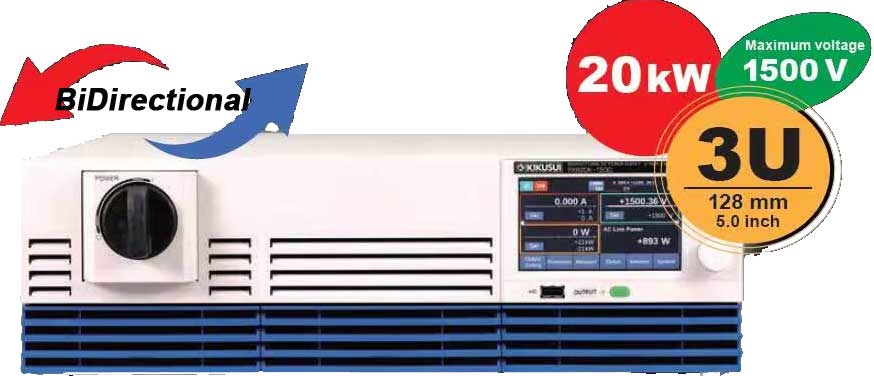





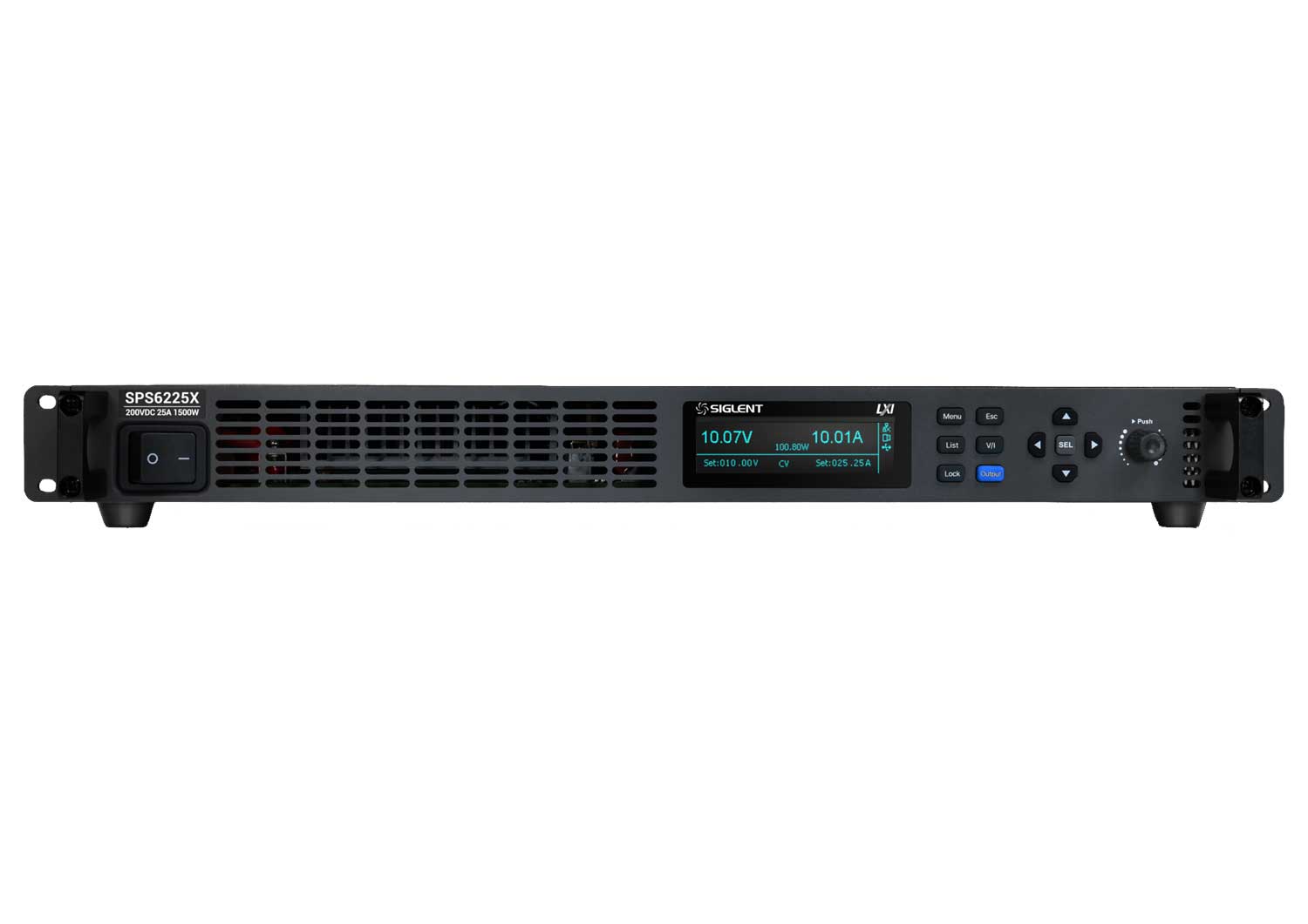

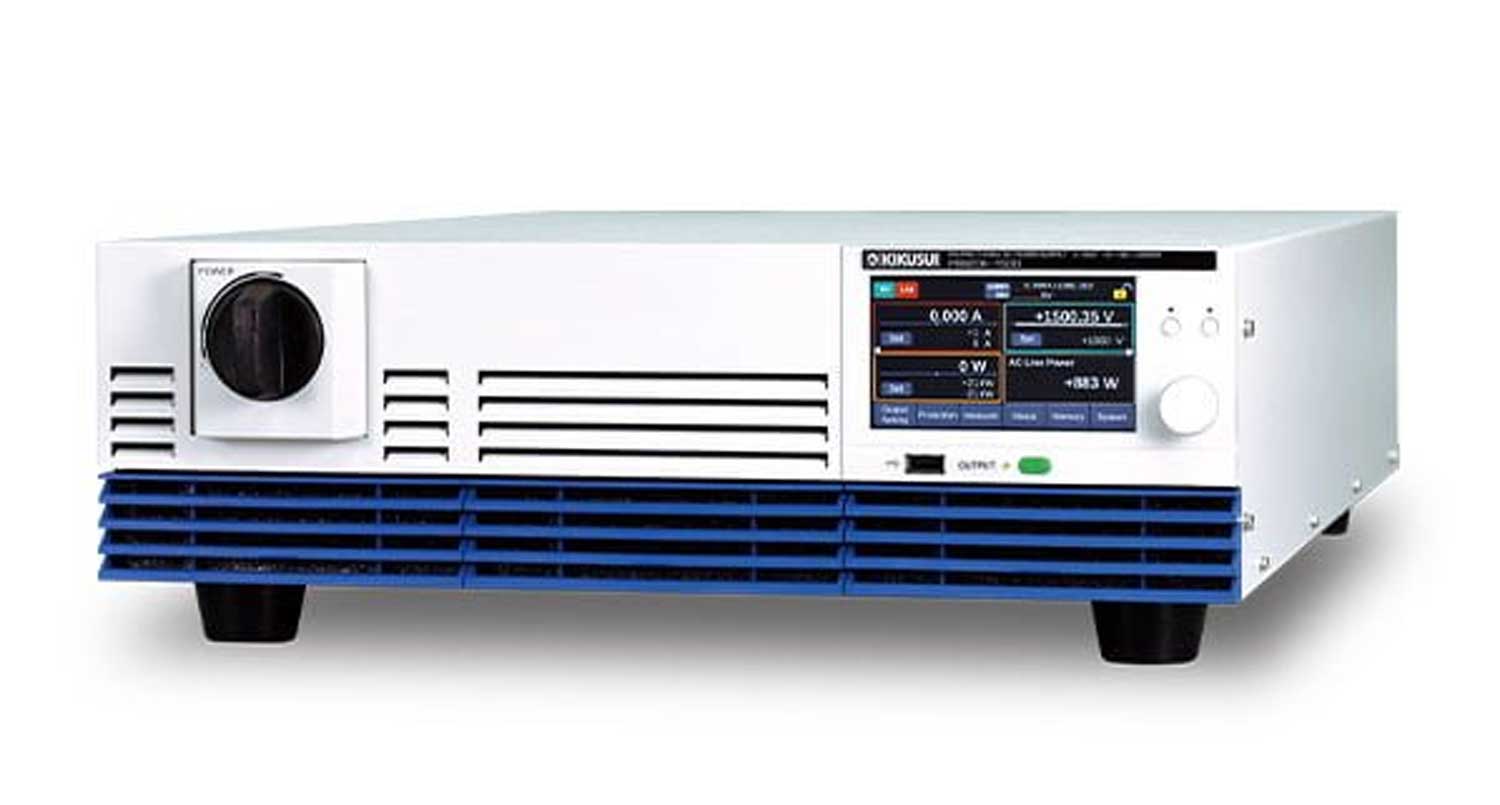
















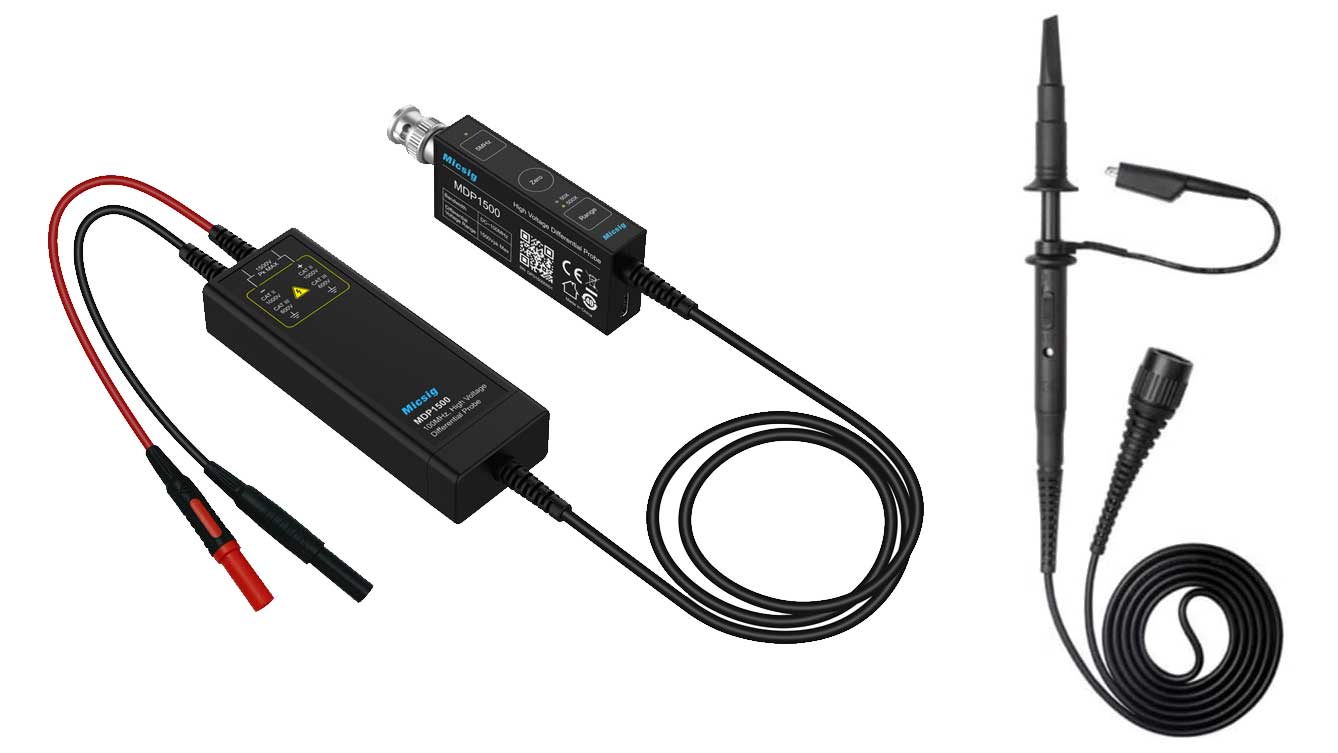









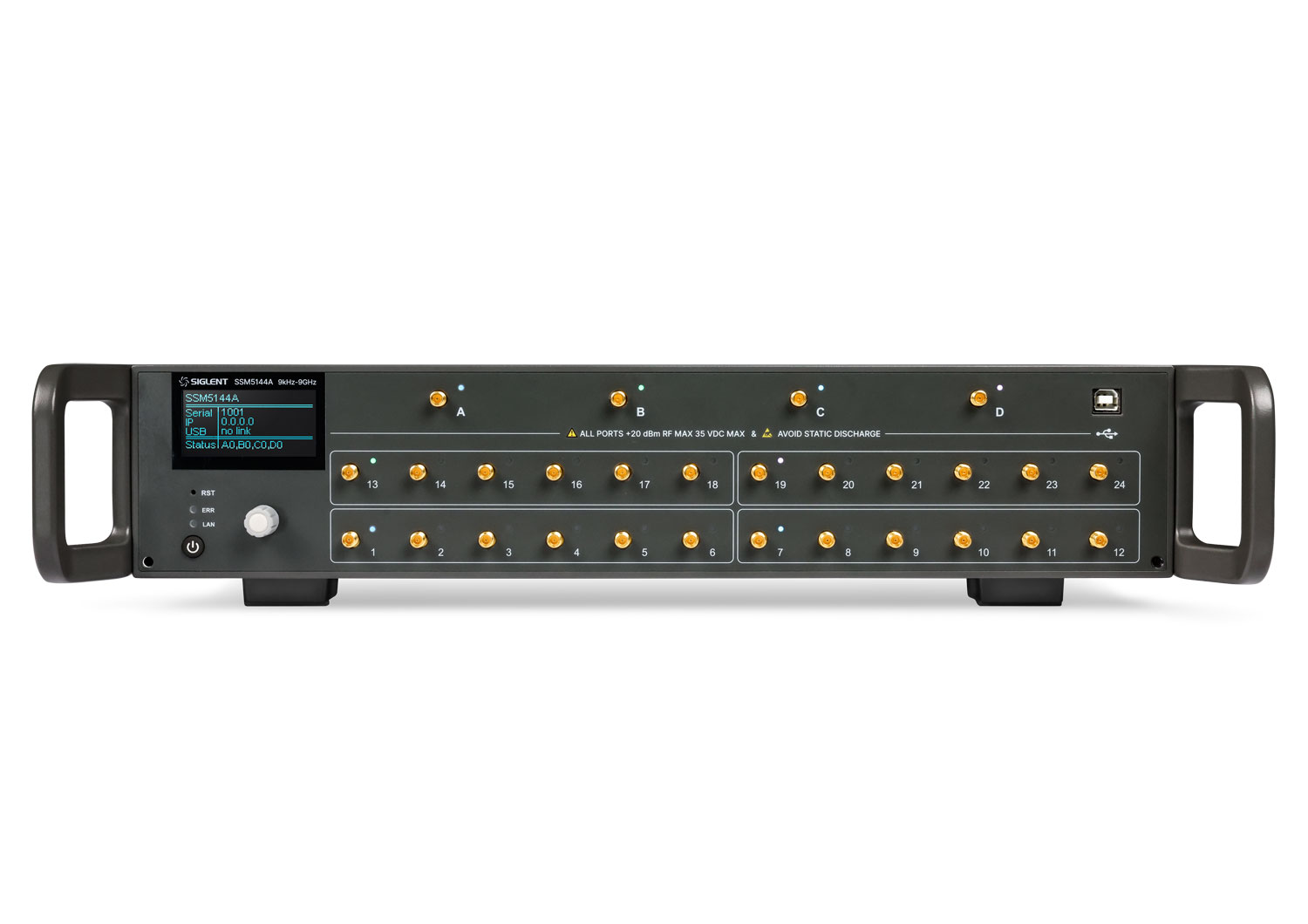












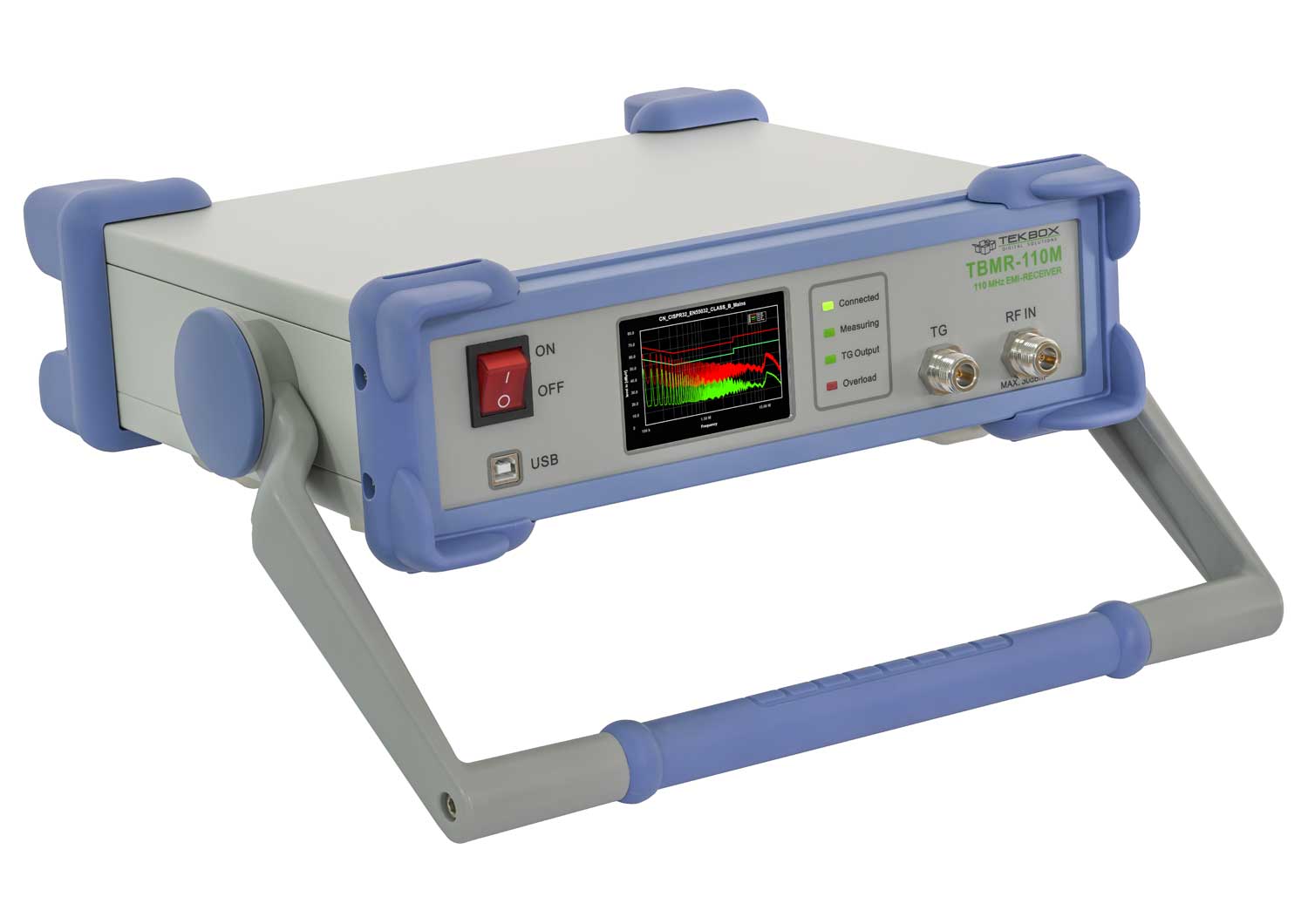
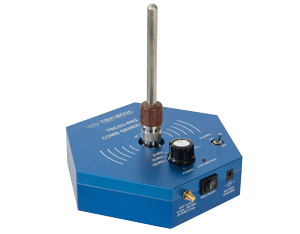

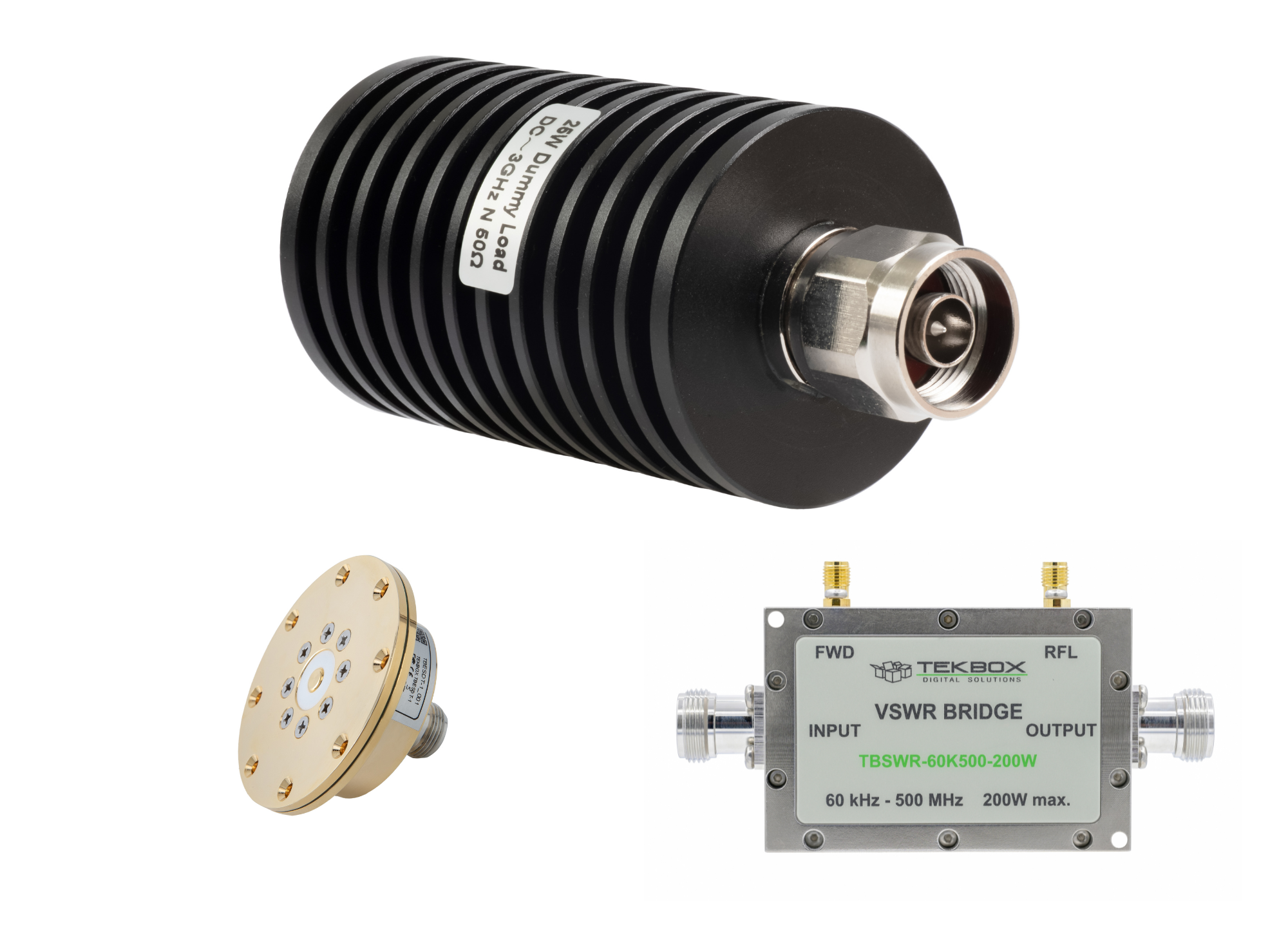




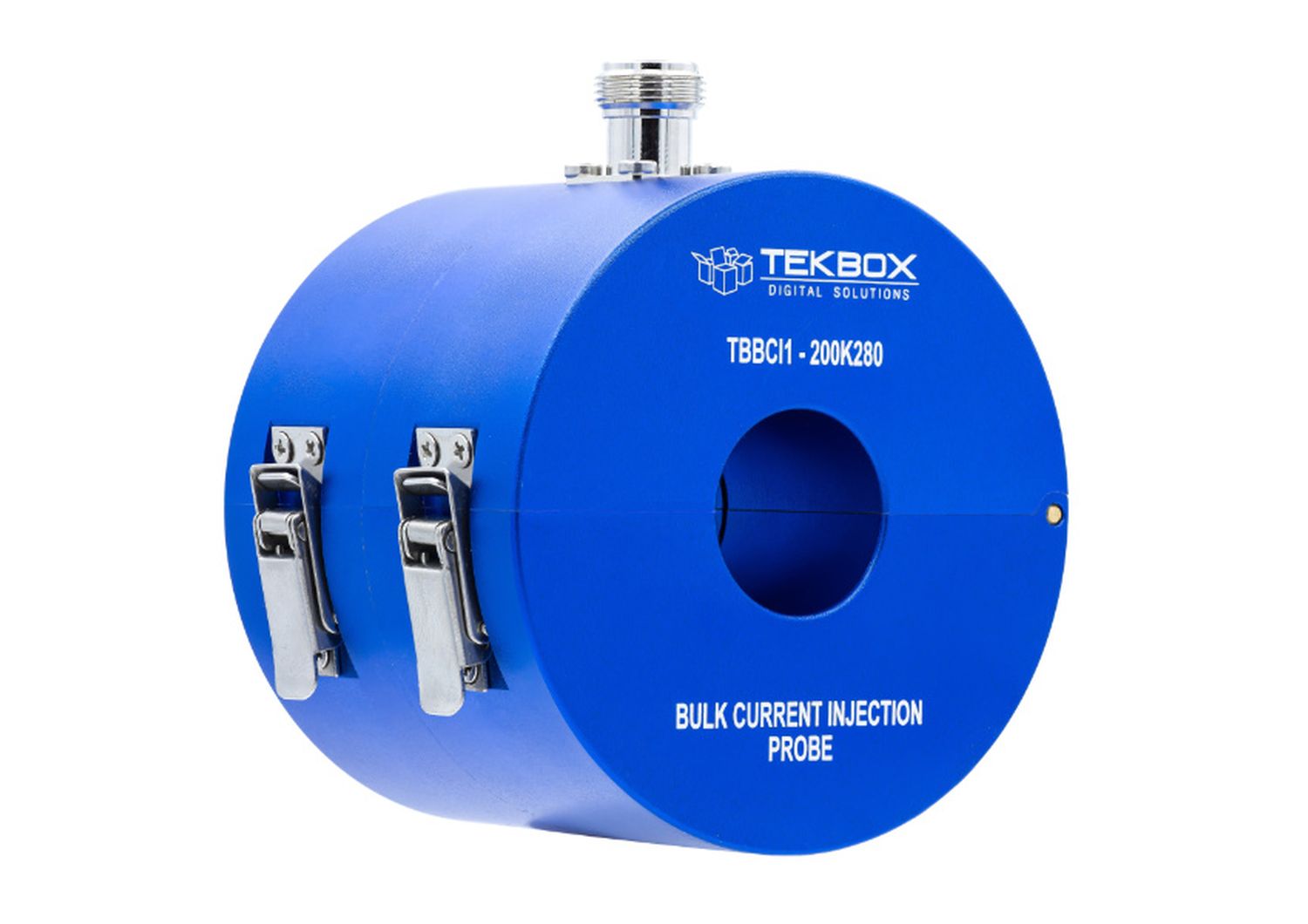



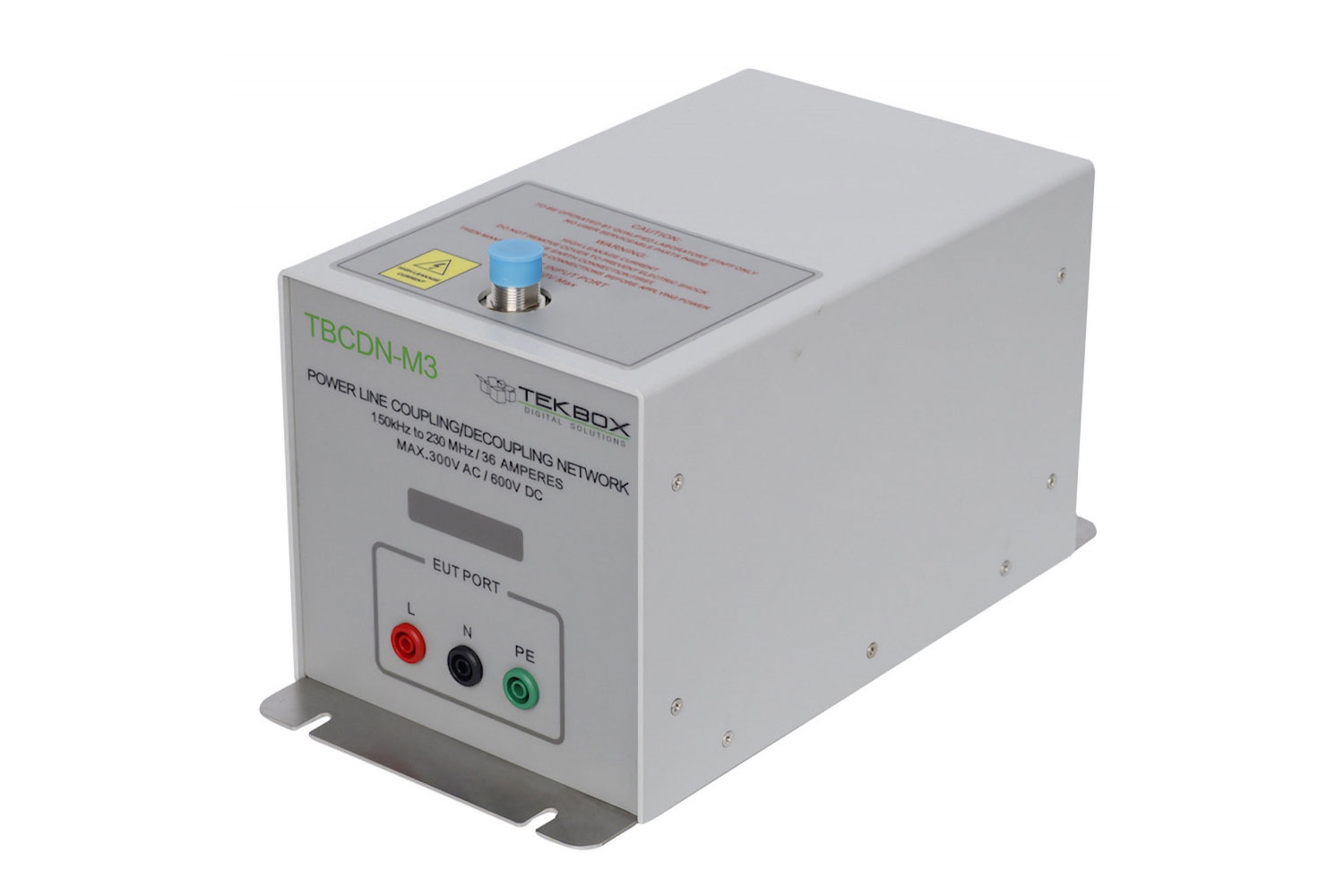
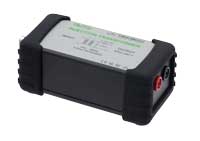















 FREE SHIPPING £75+
FREE SHIPPING £75+
 CELEBRATING 50+ YEARS
CELEBRATING 50+ YEARS
 PRICE MATCH GUARANTEE
PRICE MATCH GUARANTEE
